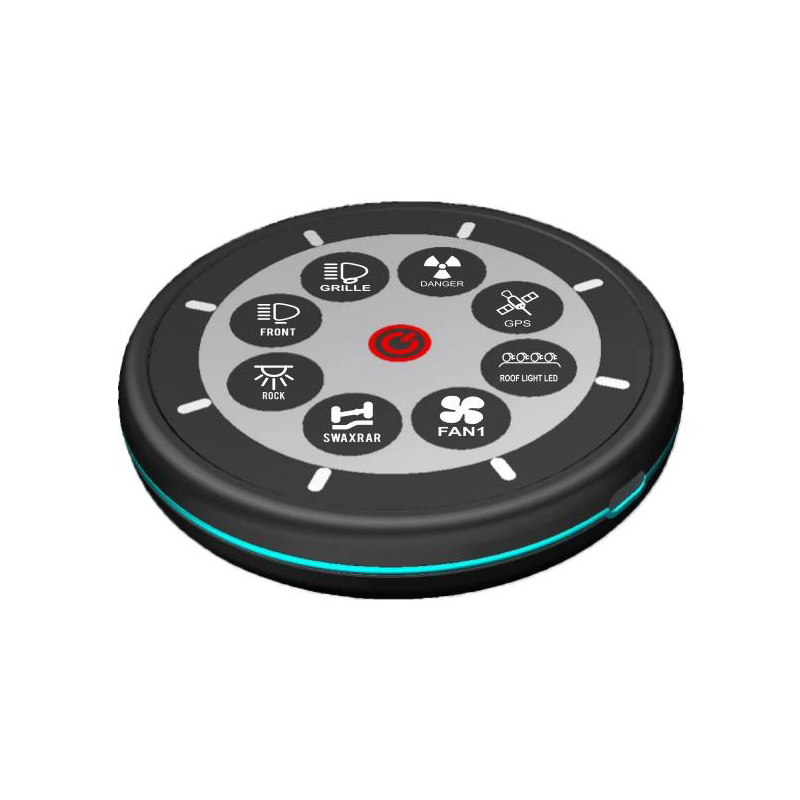- Tel: +86-15305875100
- E-mail: [email protected]
- Please contact us if you have questions.

Evaluating the Durability and Functionality of Switch Panels Produced by Switch Panel Factory
Introduction to Temperature Challenges in Switch Panel Manufacturing
Switch panels are widely used in various industries, ranging from consumer electronics to industrial machinery. These devices often need to operate reliably under environmental conditions, including very high or low temperatures. A Switch Panel Factory must therefore develop and produce panels capable of withstanding these harsh conditions without compromising performance, safety, or durability. This article explores how switch panels perform in temperatures and the strategies employed by manufacturers to meet these challenges.

Effects of High Temperatures on Switch Panels
High temperatures can have significant impacts on the materials and electronic components of switch panels. Excessive heat may cause plastic parts to warp, soften, or degrade, causing mechanical failure or loss of sealing integrity. Electronic components, such as switches and circuit boards, are also vulnerable to overheating, which can cause malfunction or permanent damage.
To combat these issues, a Switch Panel Factory carefully selects heat-resistant materials such as specialized thermoplastics and metals that maintain structural integrity at elevated temperatures. Additionally, manufacturers design panels with adequate ventilation or incorporate heat sinks to dissipate heat efficiently. Protective coatings and thermal barriers may also be applied to sensitive components to enhance their temperature tolerance.
Performance of Switch Panels in Low-Temperature Environments
Conversely, low temperatures present a different set of challenges. Materials may become brittle, losing their flexibility and increasing the risk of cracking or breaking under mechanical stress. Lubricants used in moving parts might thicken or freeze, affecting the smooth operation of switches. Electronic circuits can suffer from condensation or reduced conductivity due to cold.
Switch Panel Factories address these issues by using materials with proven low-temperature resilience, such as certain silicone rubbers or elastomers that retain flexibility. The internal design often includes components sealed against moisture ingress to prevent condensation damage. Some panels are also designed with heating elements or insulation to maintain a stable internal temperature in particularly cold environments.
Testing and Quality Assurance for Temperature Resistance
To ensure that switch panels can withstand temperature, rigorous testing is conducted during manufacturing. These tests often simulate prolonged exposure to high and low temperatures to observe any physical or functional degradation. Thermal cycling tests, where the panel is repeatedly subjected to temperature swings, help identify weaknesses in design or materials.
The Switch Panel Factory implements quality assurance protocols aligned with industry standards such as IEC or UL certifications, which include temperature-related testing. This ensures that products meet safety and reliability criteria before reaching customers.
Design Innovations to Enhance Temperature Performance
Modern switch panel manufacturers continuously innovate to improve temperature performance. Advances in material science have introduced composites and polymers with enhanced thermal stability. Modular designs allow for easier replacement of components that are more susceptible to temperature-related wear.
Furthermore, integration with smart technologies enables real-time monitoring of temperature inside the panel, triggering protective measures or alerts if conditions become unsafe. These innovations reflect the industry’s commitment to providing durable and reliable products capable of operating in diverse environments.
The performance of switch panels from a Switch Panel Factory in temperature environments depends heavily on material selection, design strategies, and thorough testing. By addressing the challenges posed by both high and low temperatures, manufacturers ensure that their products deliver consistent performance and longevity across various applications.
News categories
Related Products
Request for a call today
-
-
Sophia Ye
-
Phone: +86-15305875100
-
WhatsApp: 15305875100
-
Email: [email protected]
-
- Mobile Terminal


 English
English Español
Español














